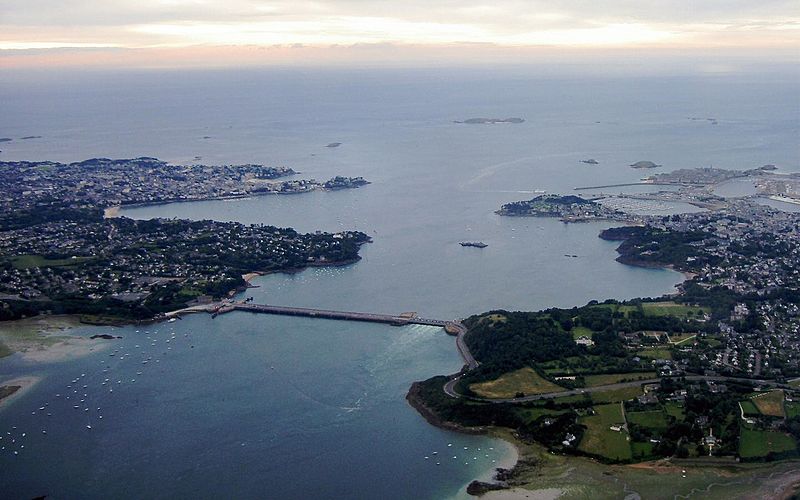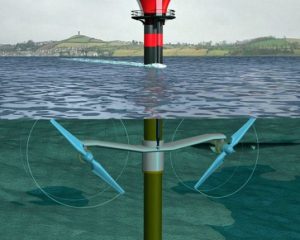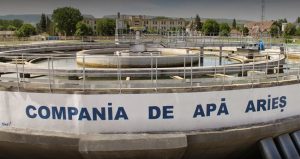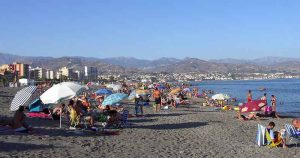Europe: Atlantic soon to become important source of energy

-
 Editorial Team
Editorial Team
Share article:
Tidal and wave conversion systems are expected to contribute substantially to the European energy system in the short to medium term, due to both local availability of the resources and advanced technological status. Current projections of the European Joint Research Centre foresee about 40 MW of tidal and 25 MW of wave energy capacity being installed by 2018.
Until now the commercialisation of key technologies and their technical maturity have not progressed as expected. Last year the European Commission reinforced its support and commitment to the development of ocean energy through a dedicated policy framework and its inclusion in both the blue growth agenda and the 2050 energy agenda. This report stems from the need of monitoring the evolution of the ocean energy technology, industry and market in Europe, with an eye at its global development.
Different techniques
While it has proved possible to generate electricity with many different techniques, scaling these up into large-scale power stations to supply the electricity grid is not yet economically feasible. The two most promising ideas are to use the currents and the build-up of water at each tide to drive turbines to make electricity, or to convert the power in wave motions to energy. In Europe, countries with Atlantic Ocean coastlines – such as the UK, Ireland, France, Spain, Portugal, Denmark, the Netherlands and Norway – are all developing technologies. And in 2014, the EU launched what it called its Blue Energy Action plan to finance and encourage development.
Tidal energy plants
The best known is the 240 megawatt (MW) La Rance tidal barrage in France, operating successfully since 1966. Tidal lagoons − reservoirs that stand in an estuary or close to the shore, and which fill and then empty with each tidal cycle − have now won much more favour, and one is being developed in Swansea Bay in South Wales.
Underwater Kites
A new generation of devices not placed on the sea bed, but either floating like kites on a string or operating from platforms, is under development. Their advantage is that they avoid the cost of being built on the sea bed, and can also exploit the greater strength of the tides nearer the surface of the sea. Some of the materials being used to build devices to withstand the power of the sea, and the methods that are being used, are being kept secret for commercial reasons, but they have some of the biggest companies in Europe as their backers.
Innovation
According to the Climate News Network there are an estimated 100 companies developing tidal energy devices worldwide, half of them in the EU, where many are supported by development grants. Four tidal energy stations are already in operation in Europe, and another 31 are expected to be completed by the end of 2016. Many more are in the planning stage.
The commercial advantage of tidal devices is that, unlike some other forms of renewable energy, the tides are predictable years in advance. Wave power, on the other hand, suffers because of its unpredictability and the need to make devices robust enough to stand up to the battering they receive.


















